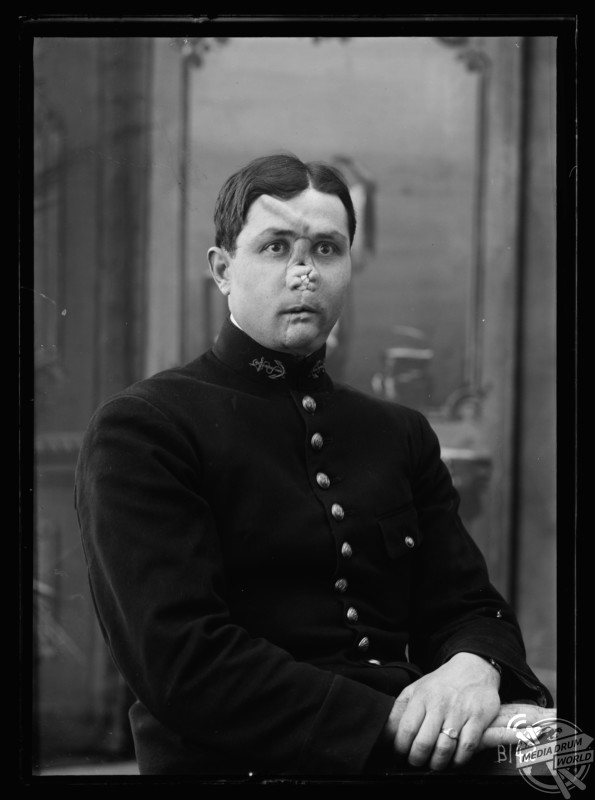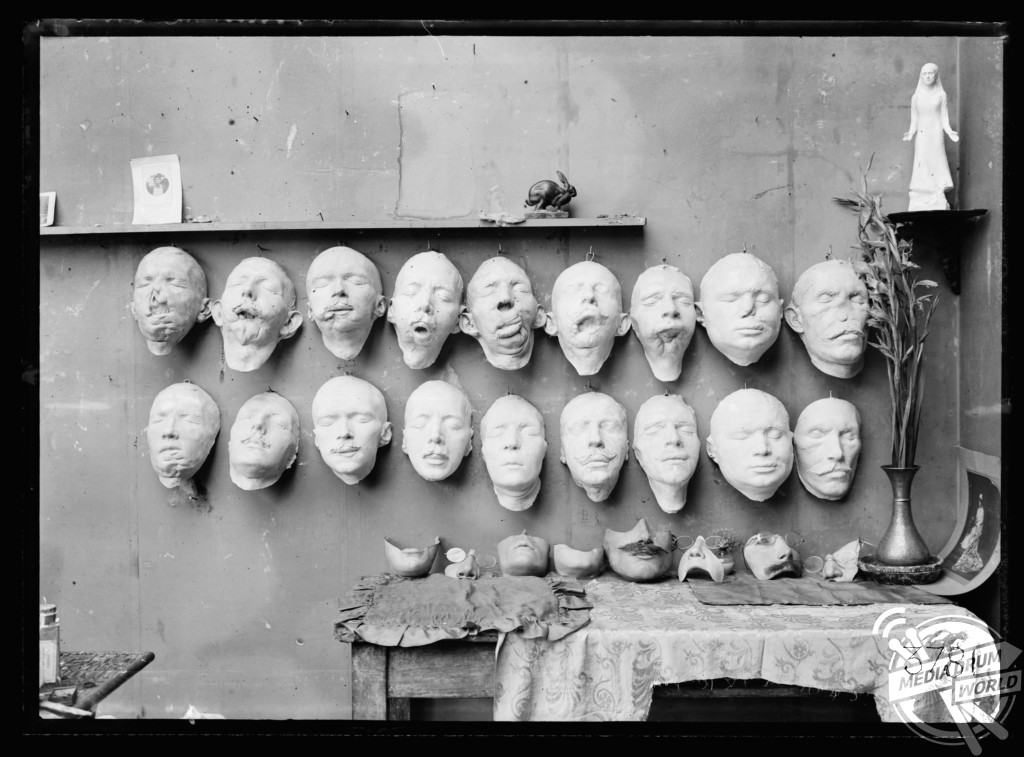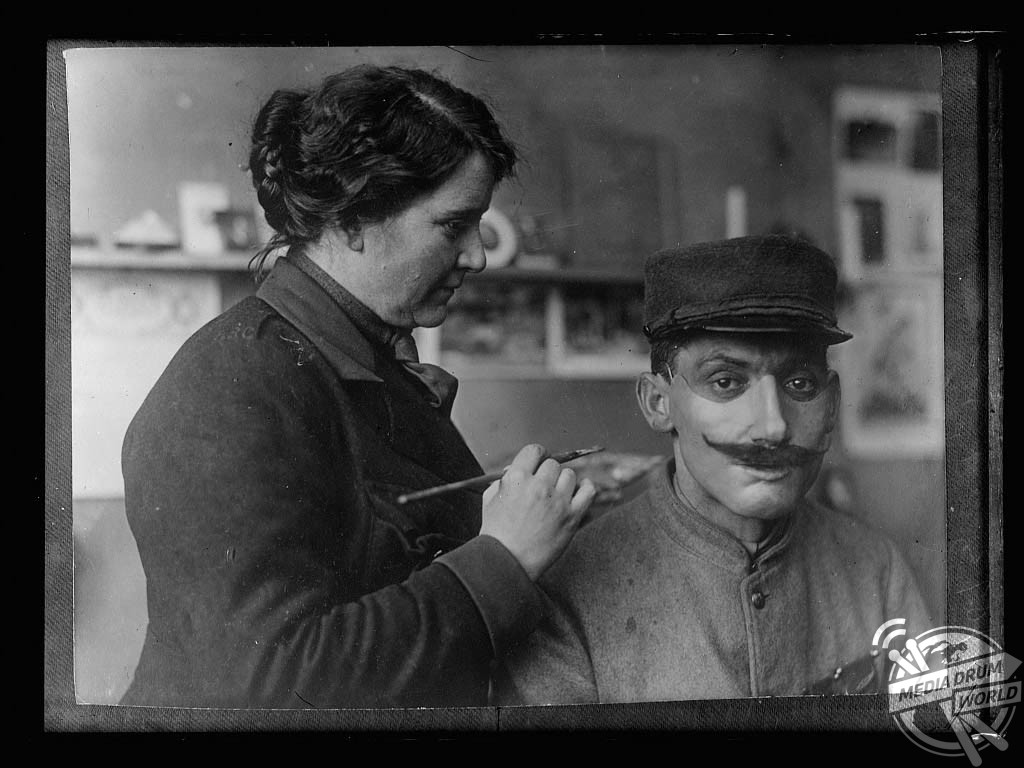By Tom Dare
A SERIES OF INCREDIBLE photos from nearly 100-years-ago have shown the transformative impact one sculptor had on the lives of numerous soldiers who were horrifically disfigured during WW1.
Images taken shortly after the conclusion of the First World War, between the end of 1918 and the beginning of 1919, show the horrible facial injuries suffered by several French soldiers. One man has lost the entire right side of his face, while another is missing a nose after taking part in what is still considered one of the bloodiest conflicts in human history.

But in a second set of pictures the same soldiers who suffered such terrible facial disfigurements can be seen without their injuries, after pioneering sculptor Anna Coleman Ladd created custom-made masks for each of them to wear over their wounds.
Ladd was an American-born sculptor who studied in Paris and Rome, and was well-regarded for a number of high profile works, including the Triton Babies which now stand in the Boston public garden, before the war broke out in 1914.
Towards the end of 1917, with less than a year of the war remaining, Ladd founded the American Red Cross studio for portrait-masks. The first of its kind, the studio was dedicated to providing cosmetic masks to men who had been badly disfigured during the war.

Soldiers would come to Ladd’s studio to have a cast made of their faces, which would then be used to help construct the prosthetic from very thin copper. This would then be painted to try and resemble the soldiers’ skin colour, and each piece would be adorned with some form of string or eyeglasses in order to keep it in place.
Speaking about her often difficult work, Ladd said: “I am not concerned with the outer obstacles, only inner ones. Artists are born with an inextinguishable love of life, and the need of expressing it.”
In recognition of her work, Ladd was awarded the Légion d’Honneur by the French government and the Order of Saint Sava by the Serbian government in 1935. She retired in 1936 and passed away in 1939, at the age of 61.








